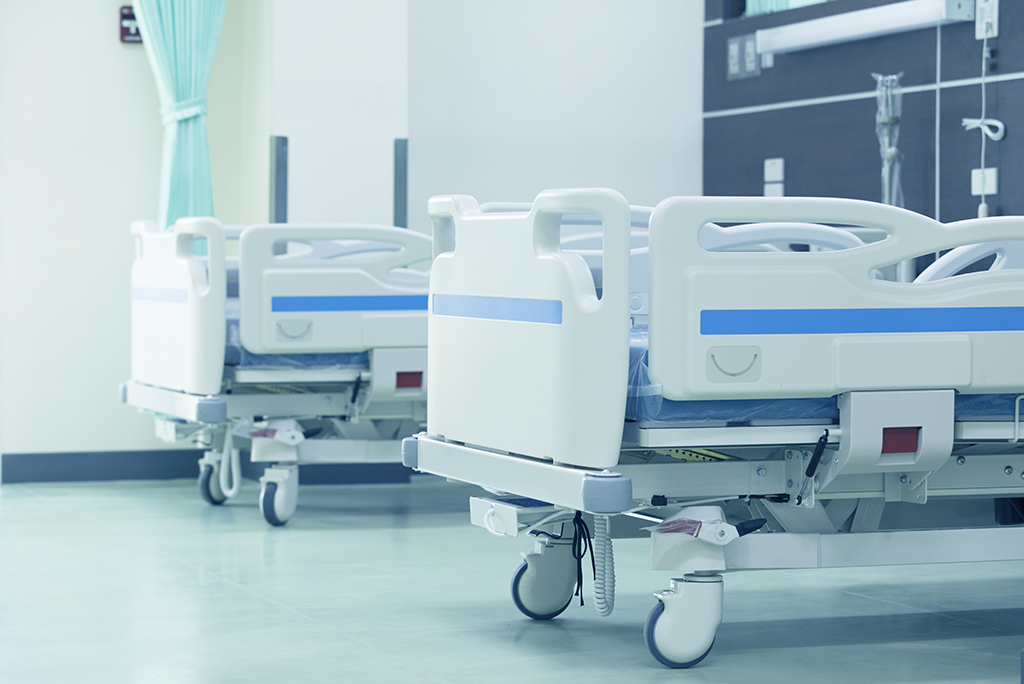
As patients with COVID-19 fill emergency rooms throughout the world—many depending on ventilators to survive—hospitals are depending on reliable electricity more than ever. Additionally, more people are working from home, which saps even more energy from the grid. As pandemics and climate change-induced disasters heat up, so will the demand for microgrids. This technology can help keep emergency services running when the power goes out.
Shashank Pande, a technical product manager at Siemens, told Microgrid Knowledge that the pandemic will likely spur greater focus on advancements in microgrid controllers. Thought of as the “brain” of the microgrid, controllers give microgrids the ability to distribute energy to areas where it’s most needed. For example, controllers can optimize and direct power from solar panels and energy storage to areas that need it during a power outage. This would provide electricity to hospitals and other high priority emergency services.
“During unusual times such as this, the demand pattern dramatically changes, e.g. maybe part of the commercial operation is closed and there is dramatic load reduction. Or some emergency operation is added and there is a dramatic increase in demand,” said Pande.
Small Communities Test Microgrid Disaster Preparedness
In some cities, microgrids already exist on a small scale. The Bronzeville neighborhood of Chicago, for example, serves as the first microgrid cluster in the US. Created by ComEd under a U.S. Department of Energy grant, the microgrid powers 1,000 residences, businesses, and public organizations. ComEd and the National Center for Disaster Preparedness at Columbia University’s Earth Institute joined forces to assess and improve the project, which will include a disaster simulation to better prepare the system for potential disasters.
Across the Pacific Ocean, Kahauiki Village, a small community in the Hawaiian Islands, is equipped with a microgrid consisting of solar panels, backup generator, and a battery. Kahauiki draws 98% of its power from the microgrid. When there isn’t enough sunlight or reserve energy to power the community, it switches to the island’s main power grid. The microgrid is expected to keep the village powered during disasters.
The Hawaii Public Utilities Commission, Microgrid Resources Coalition, Hawaiian Electric Cos., Distributed Energy Resources Council of Hawaii, Ulupono Initiative, and three more groups are collaborating to develop a microgrid services tariff that could help generate interest in microgrids throughout the state.
“We want to encourage development of resources that can power the grid during grid outages or if some natural disaster were to hit and our infrastructure would not be able to withstand that, that we can still deliver a level of service especially to critical loads on the island,” Marc Asano, director of transmission and distribution and interconnection planning at Hawaiian Electric Co., told Hawaii Business. Critical loads would consist of hospitals, police stations, military bases and other facilities that always need power. Although the plan is still in discussions, the technology shows significant potential.
Learn More About the Smart Grid
Do you want to learn more about the smart grid? Check out Modernizing the Smart Grid, a four-course online learning program from IEEE.
One of the biggest frontiers in electrical engineering today is the development and implementation of smart grid technology. Fueled by the global demand for greener technologies and alternative fuels, environmentally-friendly smart grid technology can stimulate stagnated economies. Furthermore, it has the potential to change the way power is delivered to electricity consumers around the world.
Modernizing the Smart Grid, now available on the IEEE Learning Network, is designed to get you and your team up to speed quickly on the latest smart grid technologies.
Interested in bulk discounts for your organization? Contact us today, and we’ll put you in touch with an IEEE Account Specialist.
Resources
Nhede, Nicholar. 31 March 2020. The big benefits of microgrids in disaster. Smart Energy International. Smart Energy.
Wood, Elisa. (27 March 2020). COVID-19 Likely to Spur More Microgrid Development. Microgram Knowledge.


No comments yet.